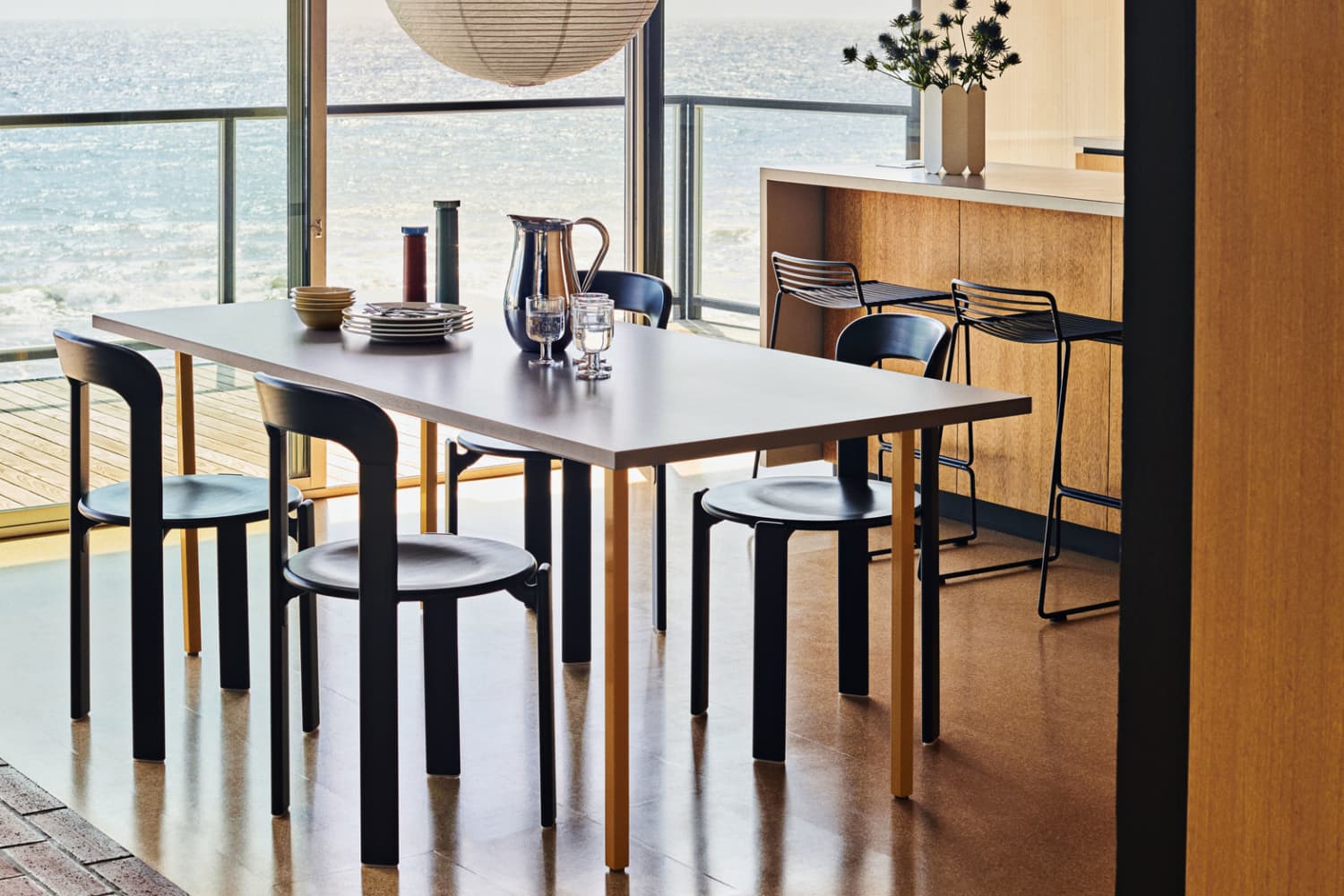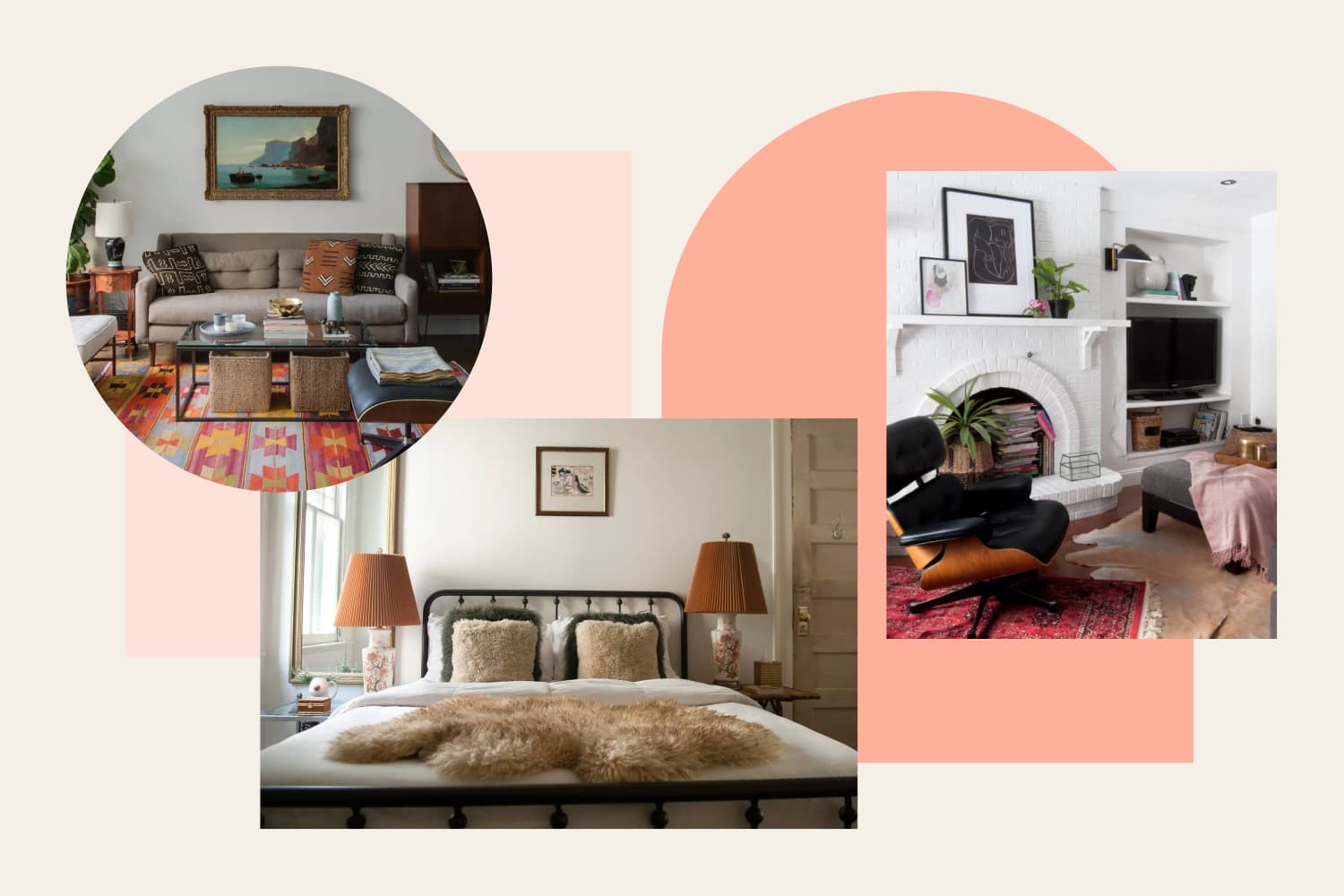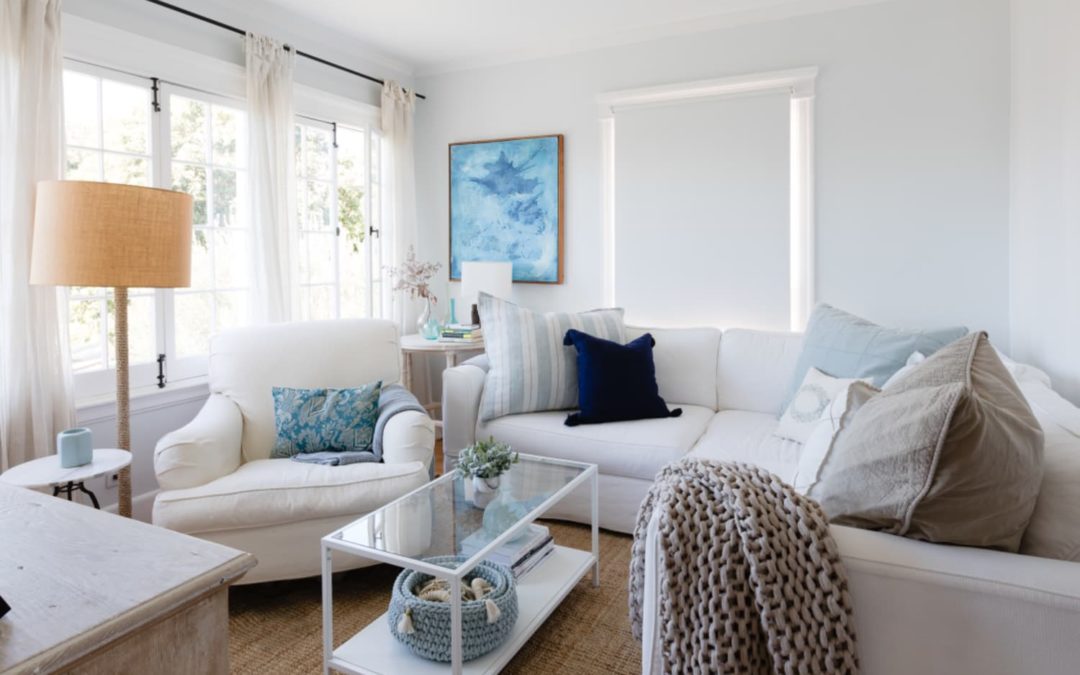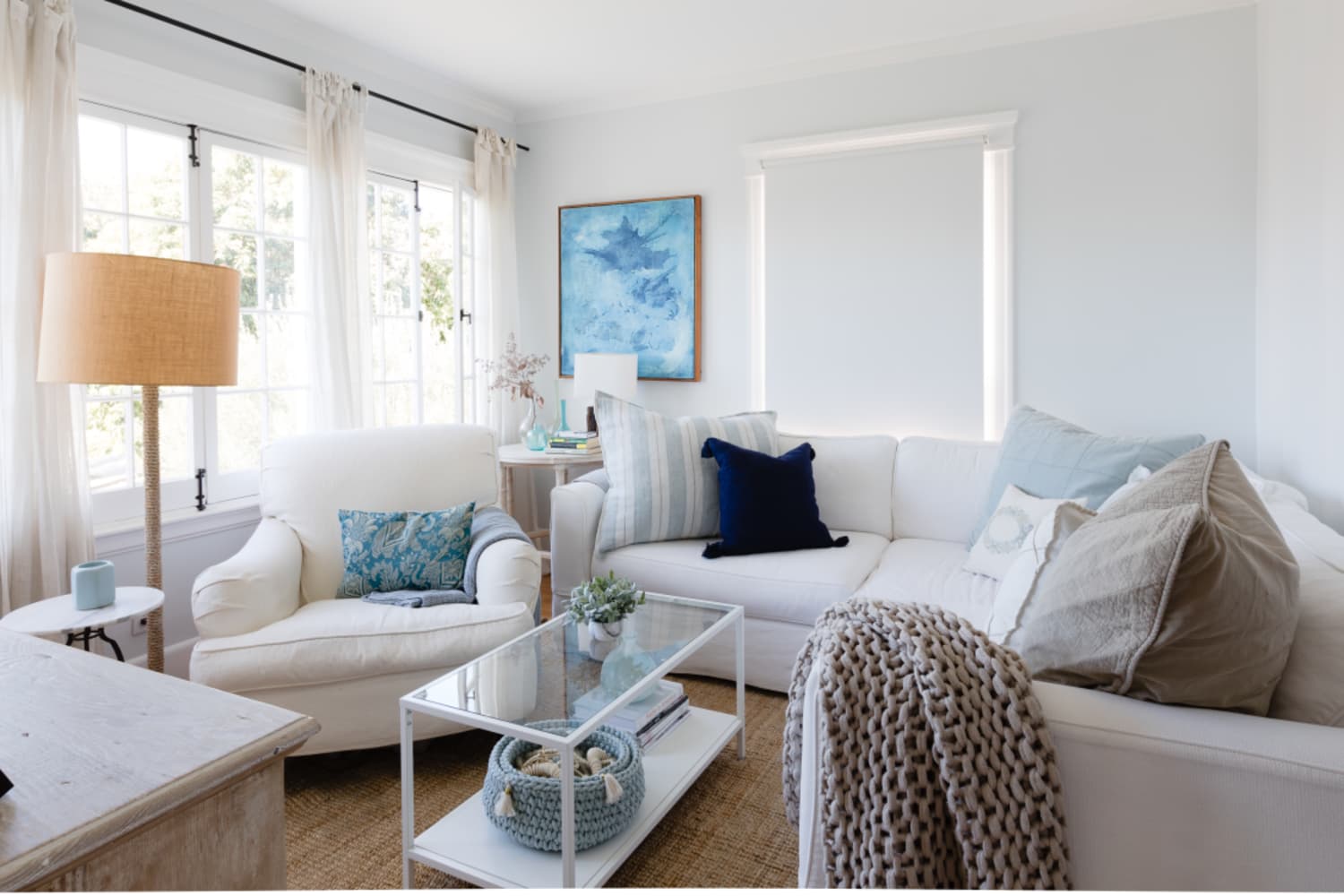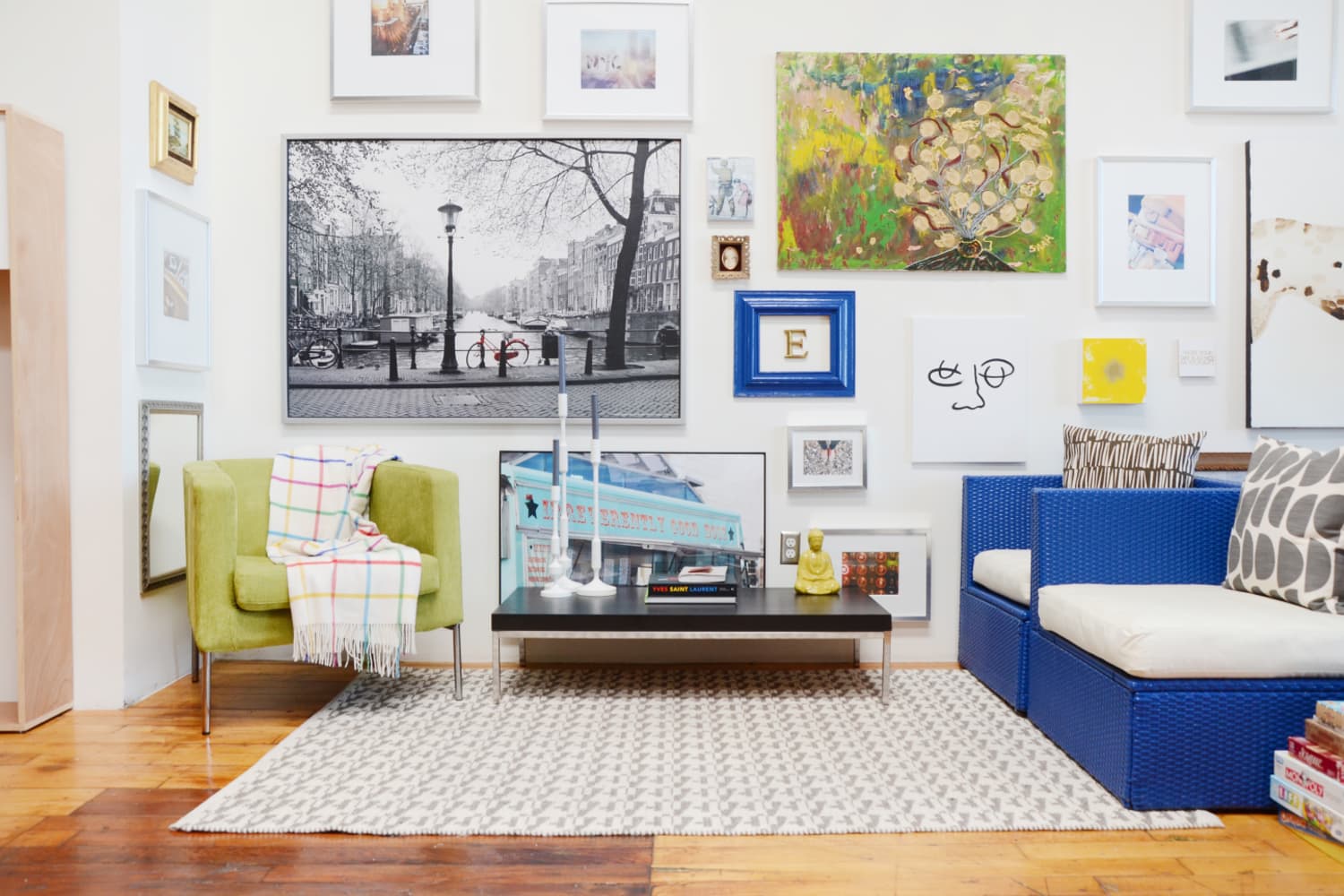
The 5 Freshest Backyard and Summer Trends for 2022, According to Yelp
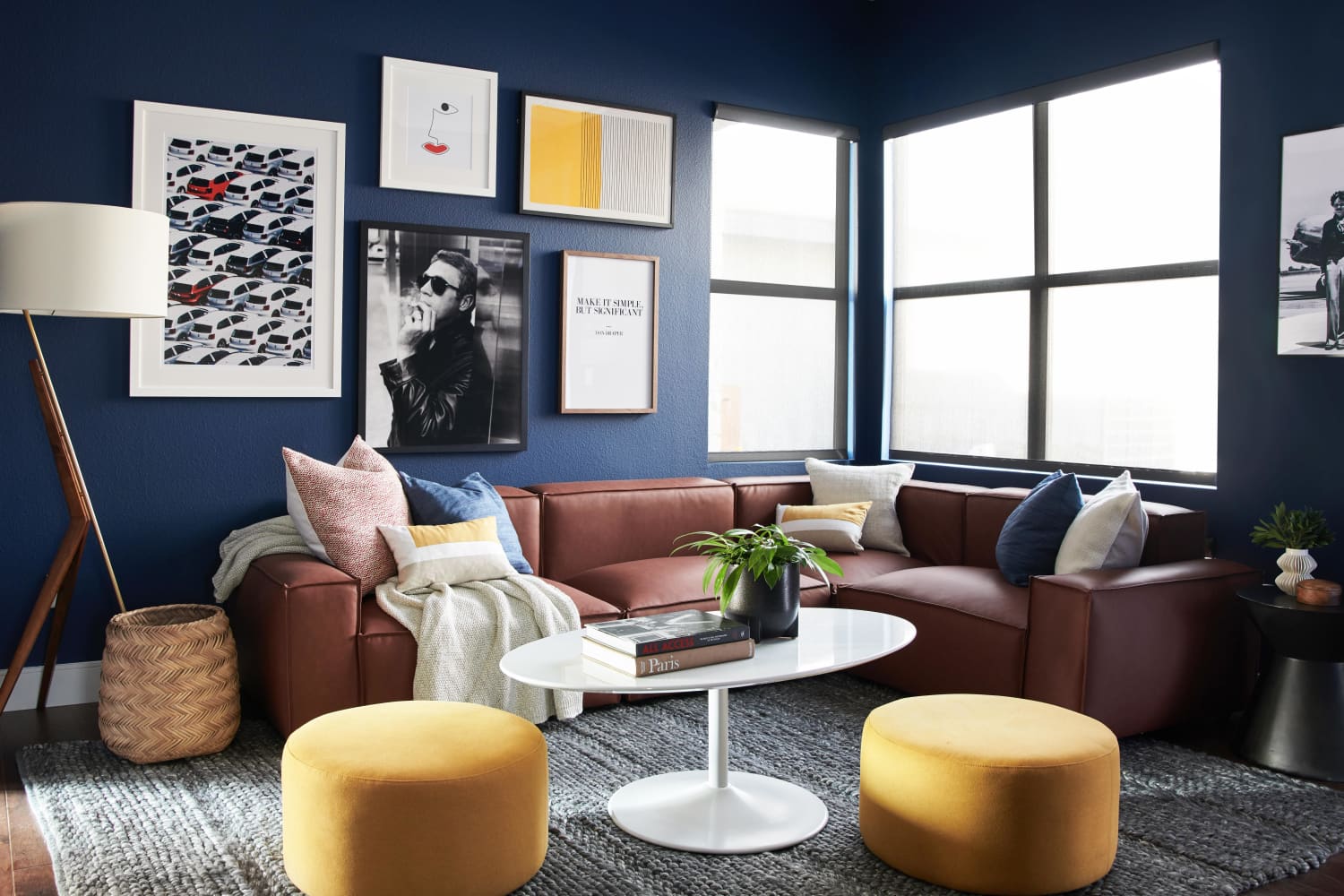
I live for a good trend report, especially one that comes right at the beginning of summer. Halfway through the year feels like an appropriate time to take stock of what’s getting super popular and may warrant a spot in your home. That’s why when Yelp dropped their summer 2022 home and backyard trend report earlier this week in collaboration with designer and Emmy nominated TV host Bobby Berk, I had to take a look. “Nothing excites me more than the promise of warmer weather and spending more time outdoors, so I’m thrilled to partner with Yelp to share up-and-coming trends for the backyard and beyond,” Berk says of this partnership. “When it comes to design inspiration and summer decor updates, 2022 will continue to spotlight a return to aesthetics inside and out, whether that’s installing a skylight to bring more natural light in or adding solar lights to easily elevate a backyard’s ambiance.”
Some of this summer forecasting might feel similar to home trends you’re already aware of, but Berk had some extra fresh thoughts for the season up his sleeve, too. Ahead, here’s what the “Queer Eye” star has his eye on for summer 2022.
According to the Yelp report, glass railing and partitions are just one of the many strategies people are increasingly using to help lighten and brighten their spaces. Berk’s take on this trend? Skylights, which saw a 24 percent spike in Yelp searches this past April, are also back in a big way. “Skylights have come a long way over the last 20 years,” says Berk. “Not only can they pour natural light into a room that was once dark and sad, they now are solar powered (so they don’t have to connect to electricity), have built-in shades to diffuse light, and can remotely open and close to allow air in and out.” Berk just doubled down on this trend, installing a skylight in his office. They’re also a great addition to a kitchen, bathroom, or bedroom, as shown here.
Outdoor lighting inspired by indoor lighting
Standard lanterns and basic flood lights aren’t your only options for illumination outside. In fact, designers, homeowners, and renters alike are starting to treat lighting the outdoors like the indoors by curating a mix of task and ambient sources. “Whether you want to hang overhead cafe lights for ambiance or uplights to create an evening glow, it’s an investment you will not regret,” says Berk. “I’ve been using solar lights for years now and not only are they an easy installation, but they don’t require any power, which means that you can add them virtually anywhere.”
Start your search by looking for all-weather options, and don’t let yourself be limited by strictly wired options. Consider solar-powered stake lights to line the perimeter of your patio or a portable, rechargeable LED table lamp for an outdoor table. You can keep the lantern in a covered area or take it inside at the end of the night for protection from the elements.
“I know what you’re thinking — accent walls are a trend that has come and gone, but when it comes to creating these pops of color or design, it’s not just about paint,” says Berk. “My two favorite options are to wallpaper it with temporary wallpaper (which easily peels off if you want a change or are a renter) or using peel and stick wood veneer.”
Berk himself hired a Yelp handyman to install wood veneer on one of his guest room’s walls, which is pictured here, and this pop of texture gives the room such a warm, inviting air. On the whole, focal walls provide the perfect opportunity to try out a trendy pattern or color without the commitment, particularly if you use an easily reversible application method or material.
Searches for linoleum rose 41 percent year over year in the month of April, according to the Yelp report. That means more and more people are considering this throwback material for their flooring projects. It offers a lot of bang for the buck and can be fairly DIY friendly. The key to making linoleum feel fresh? Lean into modern color combos and but traditional patterns, as seen in this patchwork kitchen floor above.
Berk isn’t talking glass here, but instead about the actual window frames. Sure, you could upgrade to new windows, but that’s pricey. A far easier and more affordable way to update this feature involves focusing on the trim. Berk suggests painting trim in a contrast color; black is his pick, which you can see in the above kitchen, but you could choose any shade. If you have an open plan, you might want to choose something universal though for visual continuity.
Another idea that’s a tad more involved but still doable? Adding wooden trim or a painted design around your window trim work.

